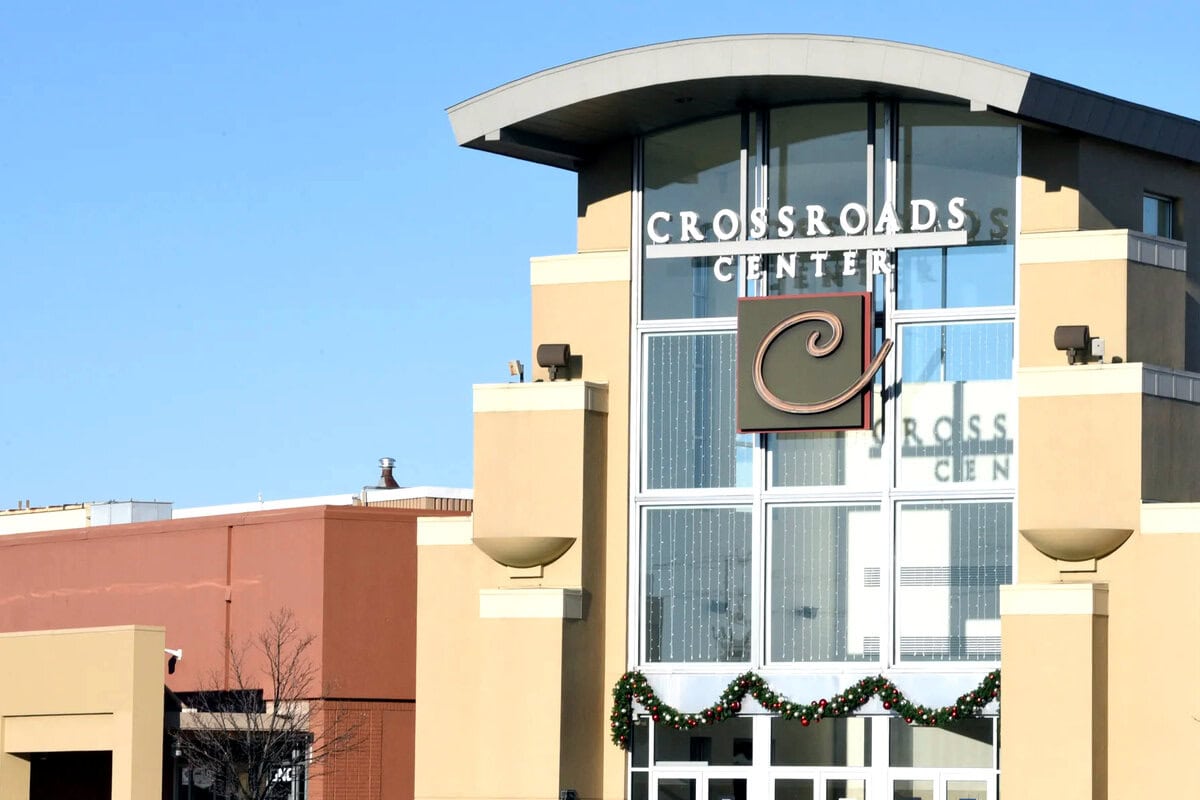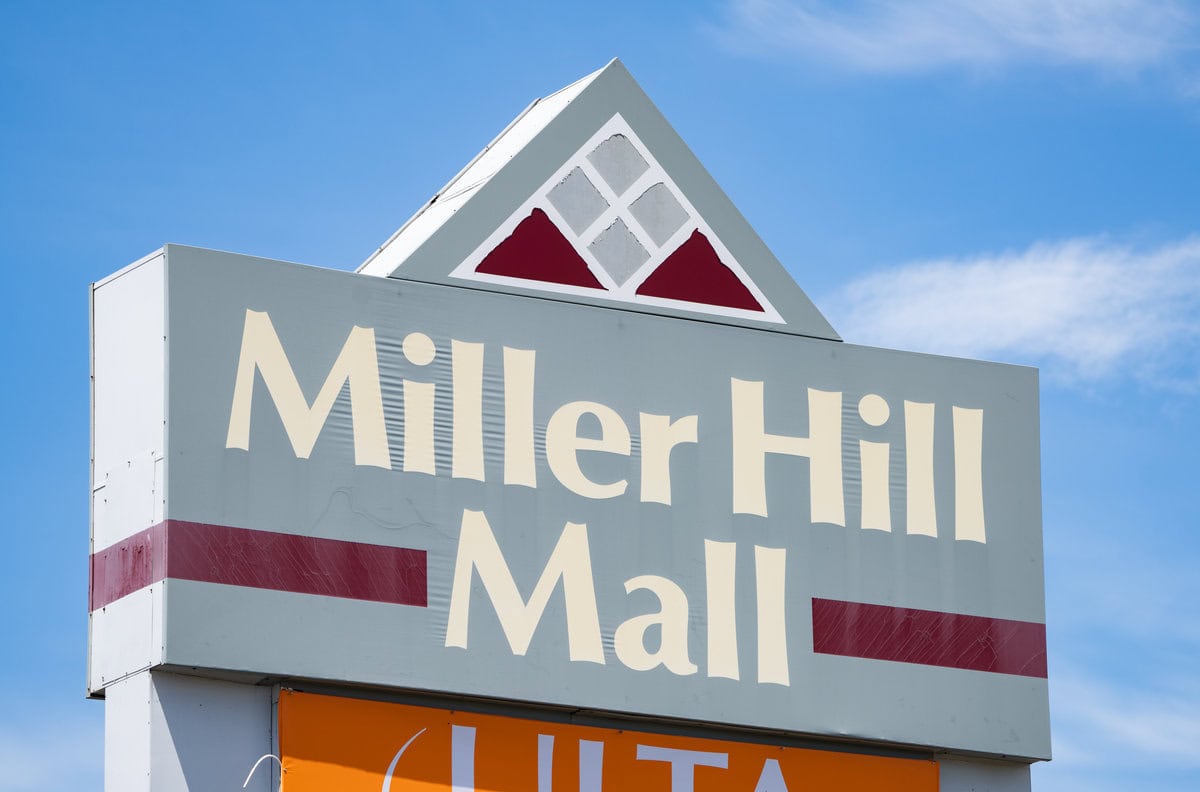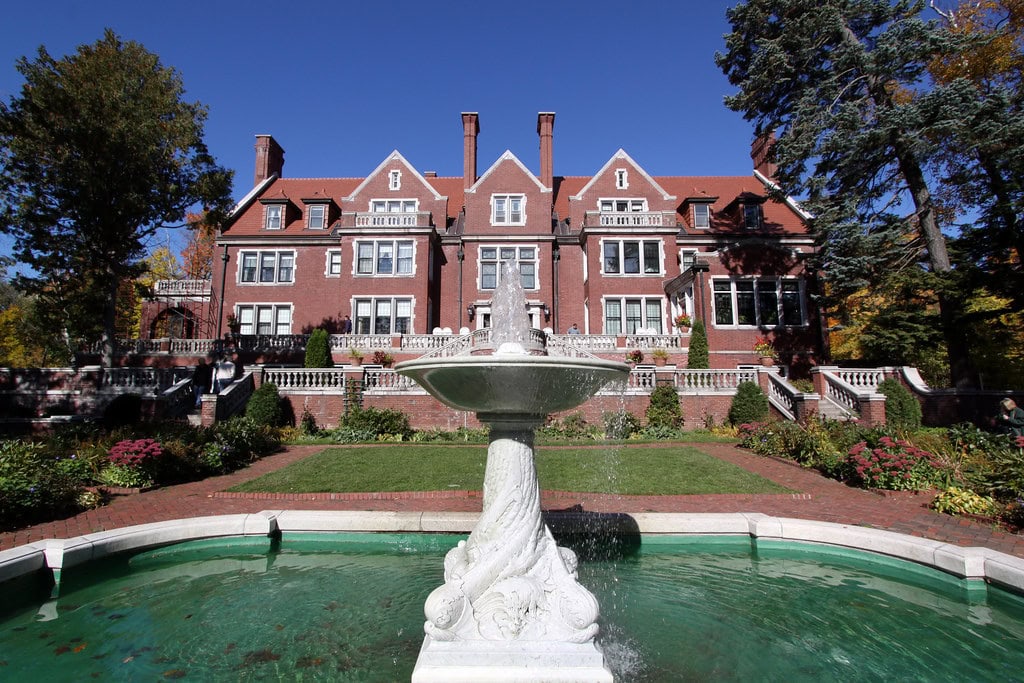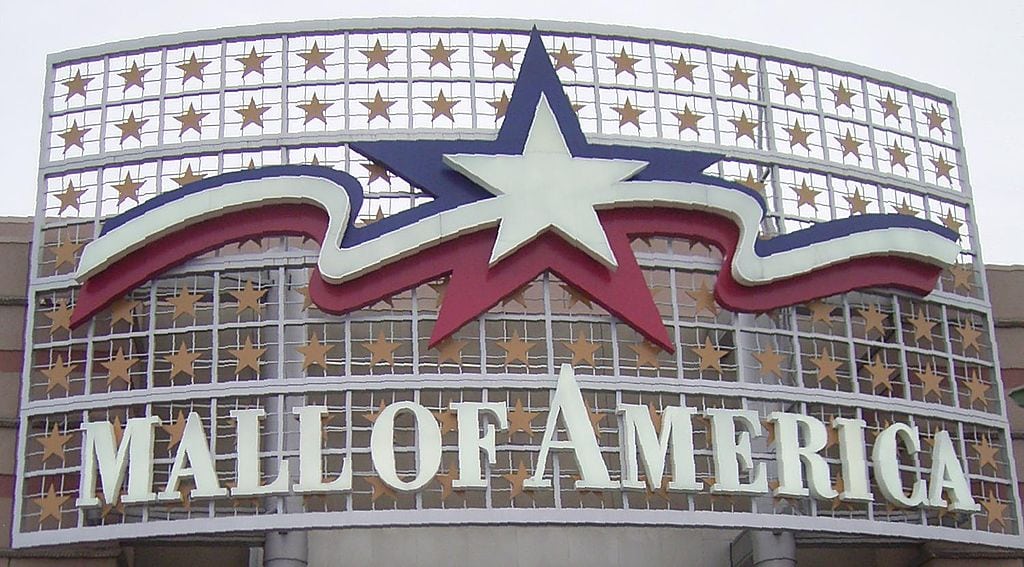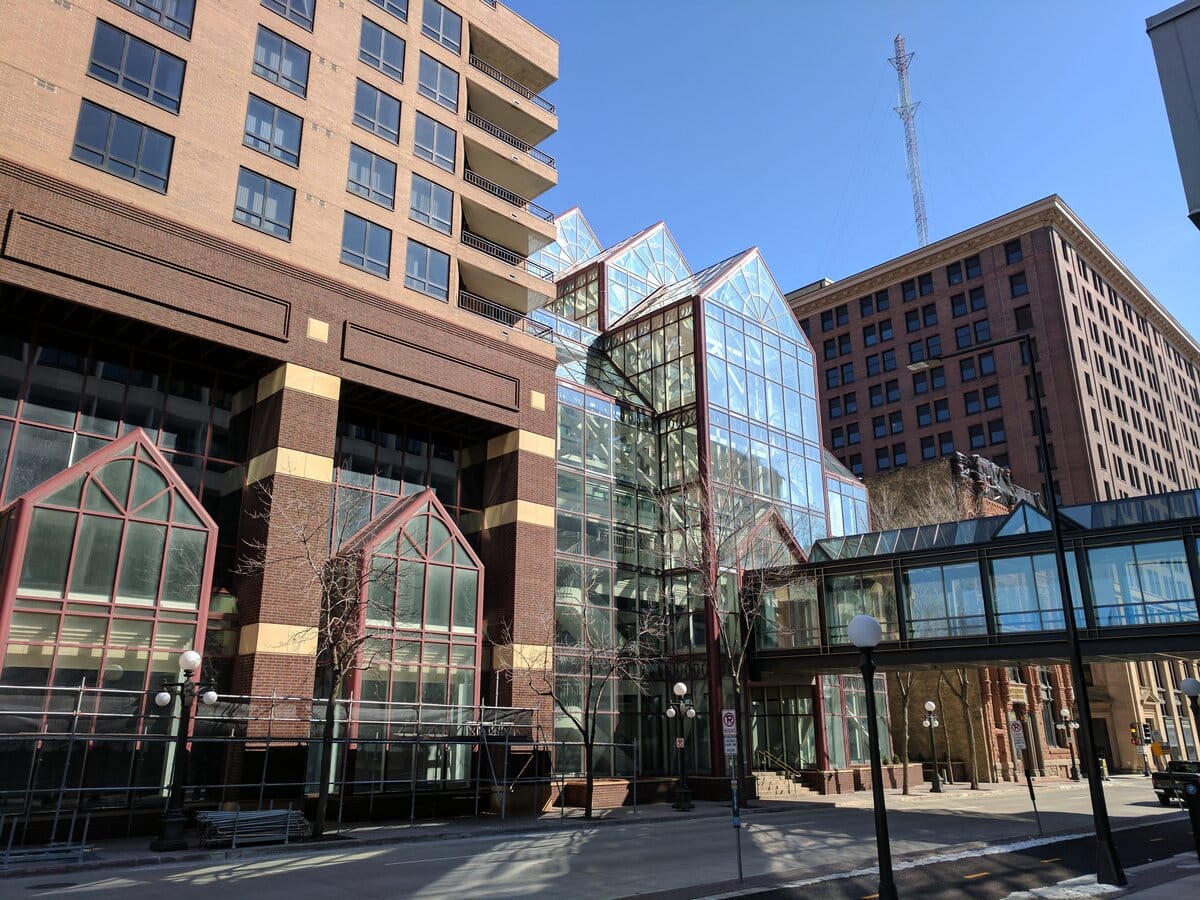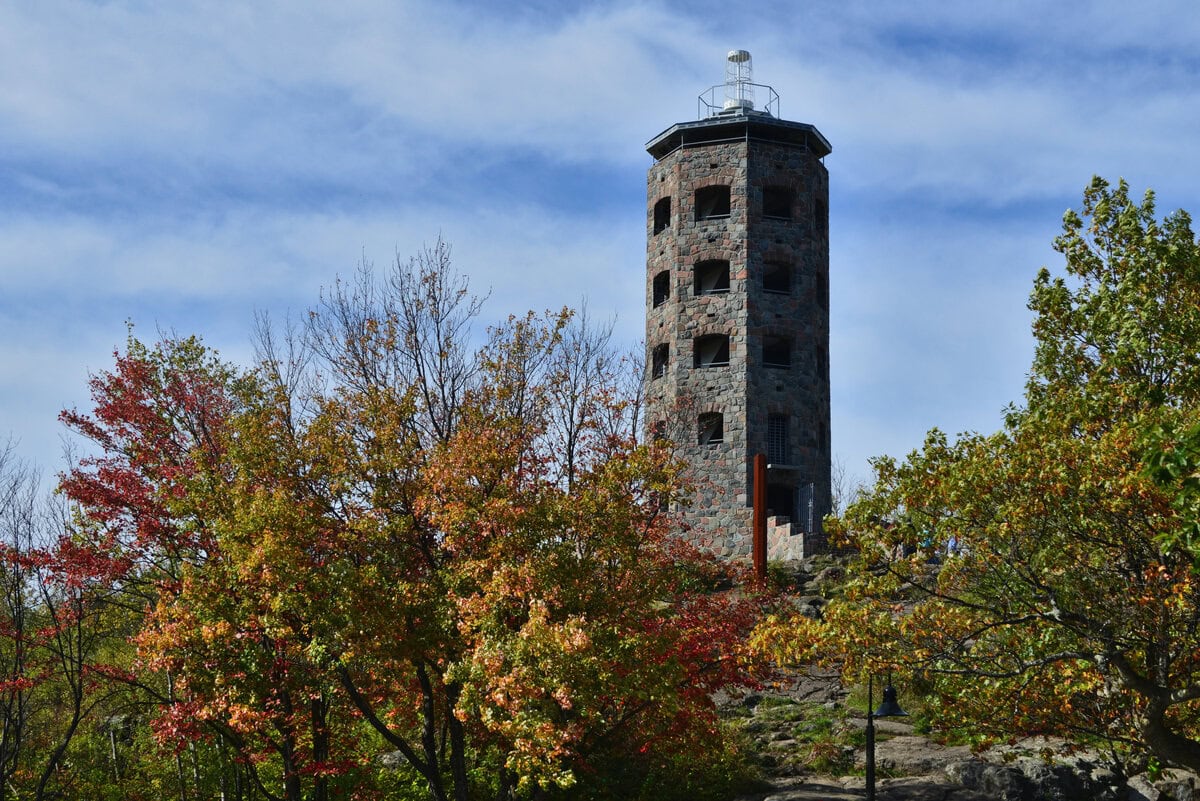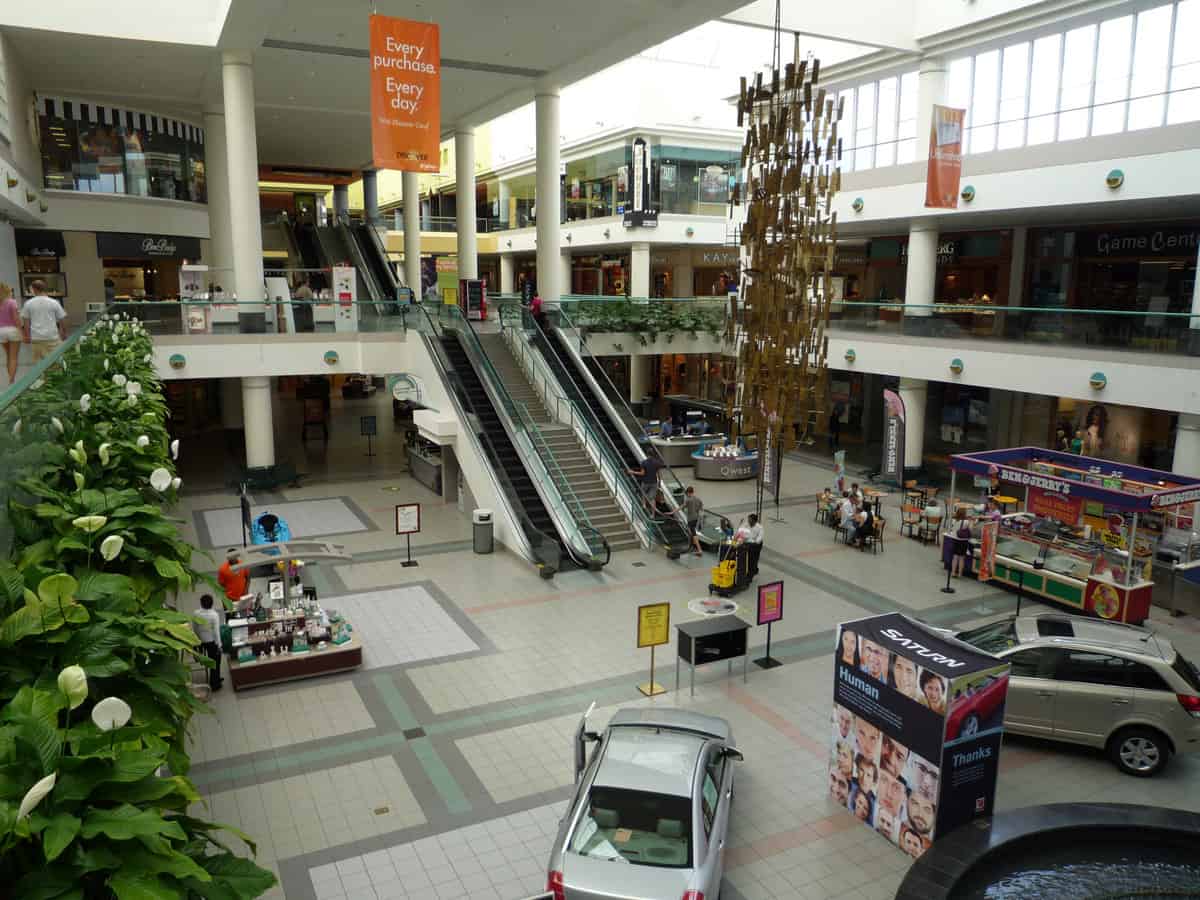There is something about walking through Eden Prairie Center that stirs up a strange mix of nostalgia and curiosity.
It could be the way old design choices still peek out from the corners or how new stores keep popping up where department giants once stood.
Opened in 1976, the mall has lived through decades of retail shakeups without losing its place in the local routine.
If you think malls are yesterday's news, Eden Prairie Center might make you think twice, and yes, it is still one of the best things to do in Eden Prairie, Minnesota.
Opening the Doors - Eden Prairie Center's Launch into Retail (1976-1989)
When Eden Prairie Center first opened its doors in 1976, nobody rolled out a red carpet or threw a street party.
The vibe was different - practical, a little understated, but built for the long haul.
Homart Development Company, a subsidiary of Sears, handled the project.
They leaned into what suburban families needed at the time: space, simplicity, and reliable stores.
Inside, the mall had an off-white and brown color scheme.
Wooden railings with glass panels lined the second floor, while pillars finished in white pebbles gave the whole place a textured, tactile feel.
Wheelchair access relied on a long ramp - elevators were still a "someday" idea back then.
Tucked underneath the main level sat a recessed food court, one of the mall's quirks that regulars grew to love.
Retail anchors came in quickly. Powers Dry Goods opened right out of the gate, offering clothes, furniture, and homeware.
Across the way, Sears stood steady, selling everything from suits to socket wrenches.
On October 13, 1984, Target added a store connected to the mall by an adjoining walkway.
That connection turned out to be a lifeline, pulling steady crowds into Eden Prairie Center during weekends and holiday shopping seasons.
However, retail was restless even in the 1980s: Powers shifted to Donaldson's in 1985 and then became Carson Pirie Scott in 1987.
The layout leaned wide instead of tall, favoring sprawling wings and big parking lots over flashy multi-story designs.
People did not come for entertainment or spectacle - they came to shop, grab a bite, and move on.
The simplicity of those early years stuck, anchoring Eden Prairie Center firmly into the growing fabric of suburban Minnesota.
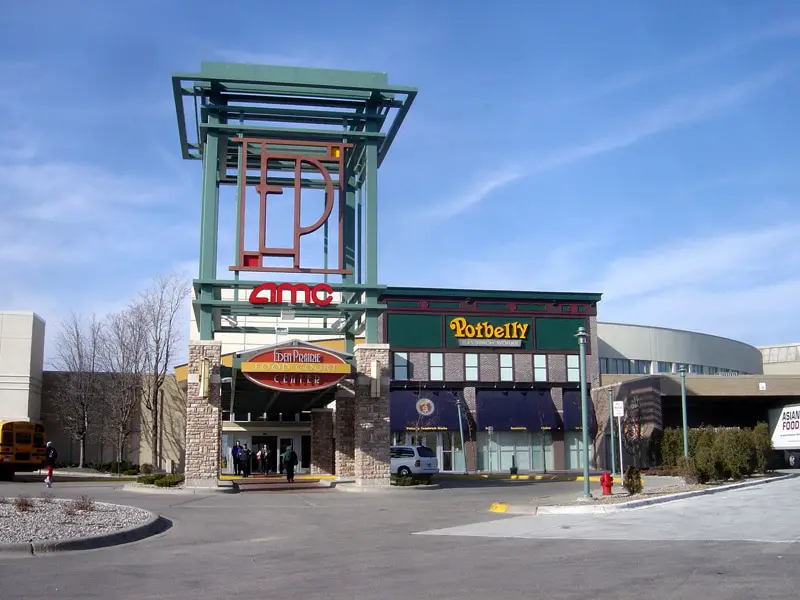
Renovations and Rebranding - Eden Prairie Center's 1990s Makeover
By the early 1990s, Eden Prairie Center needed a fresh coat of paint - and it got more than that.
The mall traded its earthy 1970s look for a pastel pink and aqua facelift that spoke to a different era of retail.
Out went the wood and glass railings, replaced with aqua-painted metal.
Even the white pebble pillars disappeared behind smooth pastel casings, giving the place a slick, almost playful atmosphere.
The sunken food court also got a big personality upgrade.
Neon palm trees sprouted up around the seating area, and a fountain that changed colors became the centerpiece.
It was a loud, colorful nod to the trendier shopping centers popping up across the country.
Storefront changes came right alongside the visual overhaul.
Carson Pirie Scott left the building, and Mervyns filled the gap, chasing a more budget-conscious crowd.
Around the same time, the mall tried to land Dayton's, the Minneapolis powerhouse department store, but after much chatter and rumors in 1996, Dayton's passed.
Instead, Eden Prairie Center shifted its strategy toward mid-market anchors.
Entertainment options expanded when United Artists opened a second movie theater, Eden Prairie East. The original theater was renamed Eden Prairie West.
These additions helped pull in younger crowds during evenings and weekends.
Ownership also saw a shakeup. In June 1997, General Growth Properties finalized the purchase of the remaining shares from Homart.
That move cemented the mall's place in a growing commercial portfolio focused on suburban assets across the Midwest.
Major Transformation - Eden Prairie Center's 2000s Reinvention
The 2000s kicked off with Eden Prairie Center swinging for the fences.
A major $124 million renovation started in 2000 and wrapped up by late 2001.
This was no cosmetic upgrade - the entire layout changed.
The old basement-level food court was sealed off and converted into offices, and the mall shifted from three functional floors to two.
A brand-new wing stretched the mall even further, packed with national brands and updated amenities.
AMC moved in with an 18-screen theater complex, a move that shifted evening traffic patterns almost overnight.
Barnes & Noble also set up shop, reflecting the early-2000s push for experiential retail. Customers could spend hours browsing without feeling rushed.
Anchor reshuffling followed close behind.
Von Maur opened its first Twin Cities location in August 2001, sliding into part of the reconfigured space near the former food court.
It gave Eden Prairie Center a foothold in higher-end retail, which mattered when nearby competitors were fighting hard for the same dollars.
Mervyns closed its doors in August 2004.
A short-lived tenant, Department Store Discounters, tried to hold the space through 2005, but by March 2007, JCPenney had completed its build-out and launched a new full-line store.
Visually, the mall stepped away from the pastel-heavy look of the 1990s.
Designers leaned into wood and stone materials, aiming for a warmer, more timeless appearance.
A modernized "EP" logo took over, dropping the handwritten style in favor of something that fits the sleeker new branding without feeling forced.
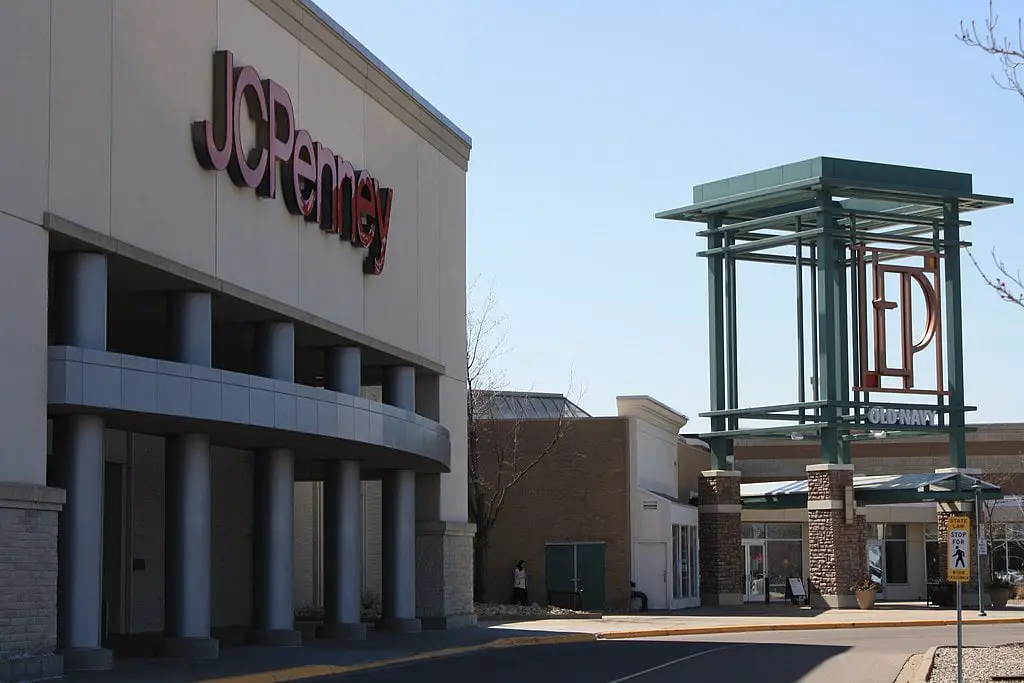
Modernization and Market Shifts - Eden Prairie Center's 2010-2024 Strategy
Starting in 2010, Eden Prairie Center moved into a new phase where survival meant adapting faster than ever.
Cypress Equities purchased the mall from General Growth Properties in October 2013 for $99 million, a deal that came during a volatile time for shopping centers across the country.
Anchor stores began slipping.
Sears closed its Eden Prairie Center location in 2016, leaving behind a cavernous gap that once buzzed with weekend shoppers.
Rather than leaving the space to gather dust, management pushed forward with a major replacement project.
In July 2020, a 248,000-square-foot Scheels All Sports store opened, consuming about 75% of the former Sears footprint.
It was a bold move into experiential retail - more bikes, a 45-foot indoor Ferris wheel, and a 16,000-gallon saltwater aquarium teeming with over 700 tropical fish, coral, and vegetation.
On June 4, 2020, JCPenney announced plans to close 154 stores nationwide. The Eden Prairie Center location was initially on the closure list but was later removed, allowing it to stay open at that time.
In April 2024, a transformer fire broke out inside the JCPenney at Eden Prairie Center, temporarily closing the store.
Hopes of reopening faded by August 2024 when mall management confirmed the JCPenney location would permanently close, ending its 17-year run inside the property.
Through all of it, Eden Prairie Center kept packing in entertainment options.
Attractions like Minnesota's only PRIME at AMC Experience, Tactical Urban Combat, Spider Jump, Safari Adventures, and Hi-Five Sports Zone showed that the mall's approach to customer traffic had evolved.
Food and retail still mattered, but experiences took up more real estate with every passing year.
New tenants are still signing on - seven different businesses, ranging from restaurants to boutique entertainment venues, were announced between late 2024 and early 2025.
Redevelopment Plans and Commercial Outlook - Eden Prairie Center's 2025 Pivot
In March 2025, Eden Prairie Center management unveiled a mixed-use redevelopment concept focused on the north end of the property, mainly targeting the vacant JCPenney site.
The plan proposes apartment units stacked alongside new retail shops, office spaces, and even a hotel, aiming to integrate Eden Prairie Center into the city's broader Aspire Eden Prairie 2040 vision.
Retail alone can no longer secure the property's future, and city leaders saw housing and mixed-use flexibility as a way to stabilize the site.
The goal is to build something that feels less like a classic mall and more like a hybrid neighborhood hub.
Final decisions on the redevelopment design have yet to be locked in, and it's just a concept.
If the transition succeeds, Eden Prairie Center could step out of the traditional mall shadow and into a different, more durable commercial category altogether.
🍀

